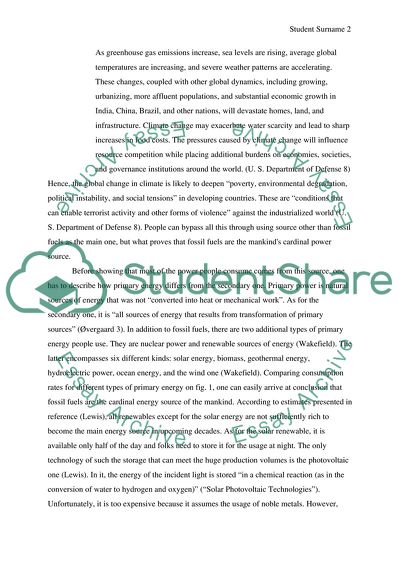Cite this document
(Avoiding Global Change in the Earths Climate Essay Example | Topics and Well Written Essays - 2000 words, n.d.)
Avoiding Global Change in the Earths Climate Essay Example | Topics and Well Written Essays - 2000 words. https://studentshare.org/physics/1822032-earth-system
Avoiding Global Change in the Earths Climate Essay Example | Topics and Well Written Essays - 2000 words. https://studentshare.org/physics/1822032-earth-system
(Avoiding Global Change in the Earths Climate Essay Example | Topics and Well Written Essays - 2000 Words)
Avoiding Global Change in the Earths Climate Essay Example | Topics and Well Written Essays - 2000 Words. https://studentshare.org/physics/1822032-earth-system.
Avoiding Global Change in the Earths Climate Essay Example | Topics and Well Written Essays - 2000 Words. https://studentshare.org/physics/1822032-earth-system.
“Avoiding Global Change in the Earths Climate Essay Example | Topics and Well Written Essays - 2000 Words”. https://studentshare.org/physics/1822032-earth-system.


